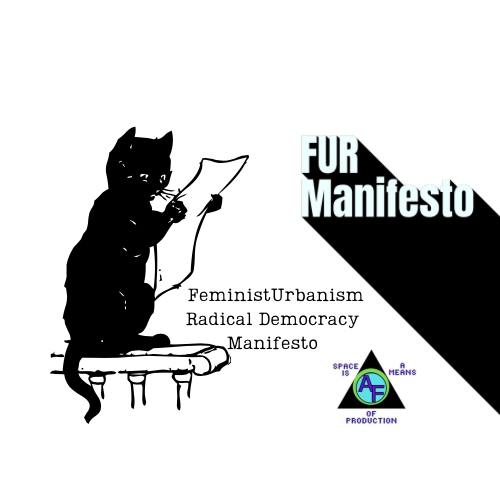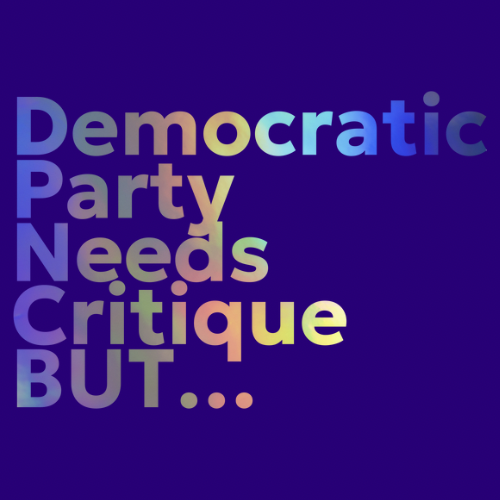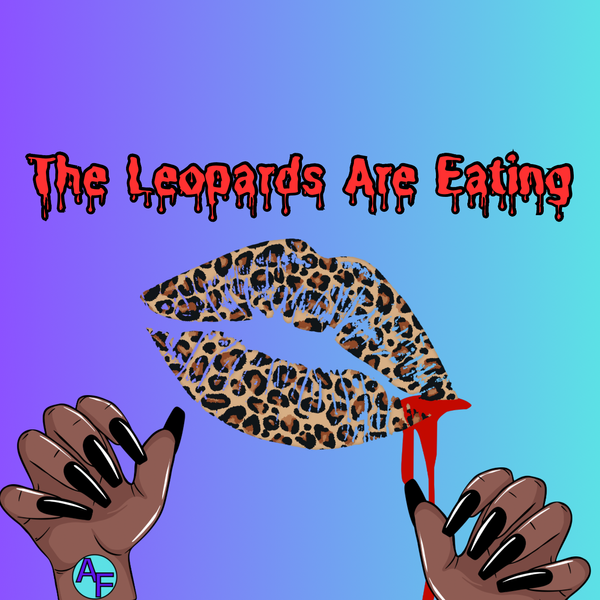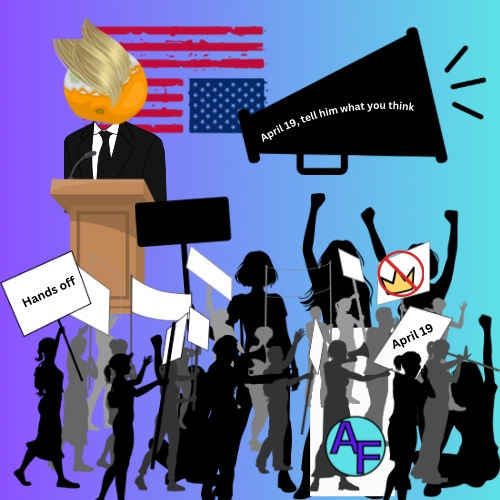Beware of disaster patriarchy

Disaster patriarchy is the resurgence and reinforcement of patriarchal structures during crises—be it pandemics, wars, ecological disasters, or an authoritarian taking control of a government.
It capitalizes on chaos and fear to present itself as both the problem and the solution.
By framing emergencies as requiring "strongman" solutions, it justifies authoritarianism through saviors and suppresses the ideas of the marginalized and historically excluded, particularly those advocating for gender equity.
The people united are not in danger. The danger is when people lean into the binary of good vs. evil and embrace the acronym TINA (There is no alternative—ala Thatcher). The only way out is NOT violence. And the end is not inevitable; dystopian future casts for the misogynist and his handmaiden are not more realistic than utopian ones.
The claim that dystopias are "more realistic" than utopias reflects patriarchal pessimism. Feminist and Indigenous futures, which prioritize sustainability and reciprocity, are equally plausible but marginalized. Dystopian narratives often serve misogynistic interests, portraying domination as inevitable while dismissing alternatives as naïve.
Combating disaster patriarchy requires confronting such complicities as the idea that the ends justify the means and also amplifying voices that reimagine governance beyond violence and hierarchy.
Disaster patriarchy, which is common, is not organic. It is power taking advantage of a vacuum in a community that has not embraced the philosophy of Another World IS Possible.
By rejecting TINA, embracing solidarity over division, and centering marginalized by hegemony perspectives, societies can cultivate resilience rooted in justice rather than fear. Utopian futures demand the courage to envision alternatives—where safety emerges from equity, not control.





